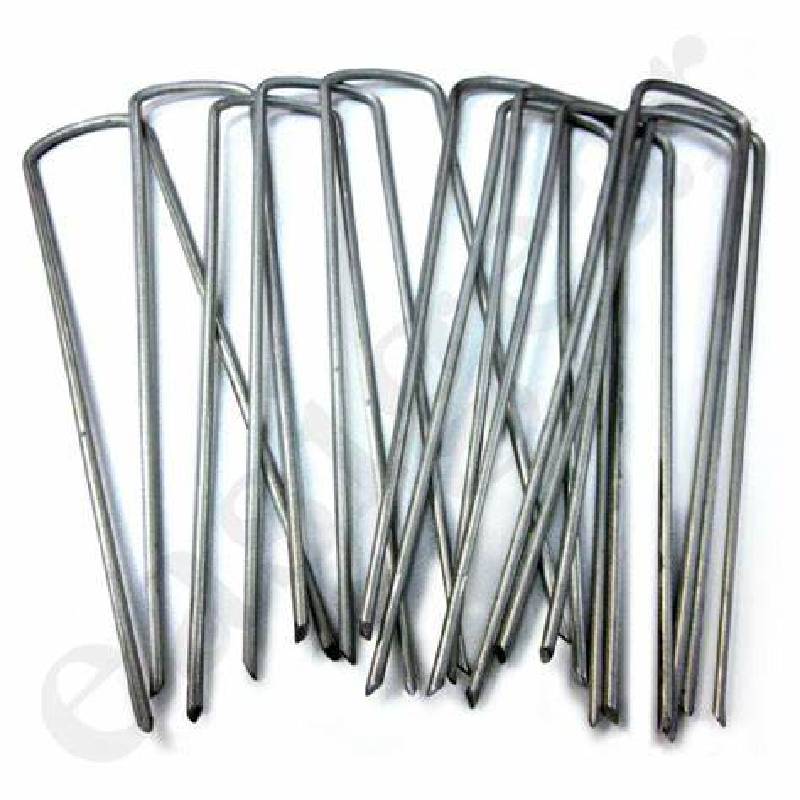
- Mobile Phone
- +8613931874955
- sales@cntcmetal.com
rib lath mesh
Understanding Rib Lath Mesh Applications and Benefits
Rib lath mesh is an essential component in the construction and plastering industries, widely recognized for its structural support and versatility. This article delves into the characteristics, benefits, applications, and installation of rib lath mesh, providing insights for professionals and DIY enthusiasts alike.
What is Rib Lath Mesh?
Rib lath mesh is a type of building material made from thin sheets of metal, often galvanized steel, which are formed into a series of ribs or channels. These ribs enhance the mesh's strength and rigidity, making it an ideal substrate for plaster, render, or other finishes. The design allows for better adhesion of these materials, ensuring a long-lasting bond and a smooth finish.
Key Benefits of Rib Lath Mesh
1. Enhanced Strength and Durability Rib lath mesh is designed to withstand the weight and forces exerted by plaster and render, preventing cracking and ensuring longevity. Its robust structure supports heavy applications, making it suitable for various projects.
2. Improved Bonding The ribbed design of the mesh increases its surface area, allowing for superior adhesion of plaster, mortar, or render. This reduces the risk of delamination and ensures a seamless transition between the lath and the finishing material.
3. Versatility Rib lath mesh can be used in a range of applications, including interior and exterior walls, ceilings, and curved or angled surfaces. Its flexibility makes it suitable for both residential and commercial projects.
4. Fire Resistance Made from metal, rib lath mesh offers excellent fire-resistant properties. This makes it a preferred option in building projects where fire safety is a concern.
5. Moisture Control Rib lath mesh facilitates better moisture management in plastering projects. The gaps in the mesh allow for airflow, reducing the likelihood of mold growth and water damage.
Applications of Rib Lath Mesh
Rib lath mesh is used in various building applications, including
rib lath mesh

- Plastering The primary use of rib lath mesh is as a substrate for plastering. It provides an excellent base for traditional sand and cement renders or modern plaster systems, ensuring a strong, level finish.
- Ceiling Systems Rib lath can be used in suspended ceilings, providing added support for acoustic or decorative tiles.
- Insulation Projects Installation of insulation materials can be facilitated with rib lath mesh, allowing for enhanced energy efficiency in buildings.
- Renovations and Repairs In renovation and repair projects, rib lath mesh is often used to reinforce existing plasterwork, adding strength and extending the life of the surfaces.
Installation of Rib Lath Mesh
Installing rib lath mesh is a straightforward process, but it requires careful preparation to ensure optimal results
1. Preparation The surface should be cleaned and free of debris. It is essential to ensure that any underlying structures, such as wood or metal framing, are properly aligned and securely fixed.
2. Cutting and Fitting Rib lath mesh can be cut to size using metal shears. It should fit snugly against the surface to prevent any gaps that may compromise the integrity of the plaster.
3. Fixing The mesh is typically attached with screws or nails. It is crucial to space fasteners appropriately, ensuring even support across the entire surface.
4. Plaster Application Once installed, the mesh is ready for plaster application. A professional plasterer will layer the material evenly, ensuring a smooth finish and proper adhesion to the rib lath.
Conclusion
Rib lath mesh is a vital material in modern construction, known for its strength, versatility, and moisture management capabilities. Whether used for plastering, ceiling systems, or insulation, rib lath mesh offers a reliable solution for builders and contractors. Understanding its benefits and installation techniques can greatly enhance the quality and durability of construction projects, ensuring satisfied clients and enduring structures.
share:
-
Creative Ways to Decorate Your Tomato CageNewsAug.22,2025
-
Common Mistakes When Installing Brick Wall TiesNewsAug.22,2025
-
Customizing Conical Springs for Aerospace ApplicationsNewsAug.22,2025
-
Galvanized Tie Wire for Binding PipesNewsAug.22,2025
-
Environmental Impact of Using Snake Spacers in PlumbingNewsAug.22,2025
-
Sacrificial Formwork Systems for Complex StructuresNewsAug.22,2025
-
Wall Ties for Concrete: Invisible Guardians of Building Structural StabilityNewsAug.08,2025
